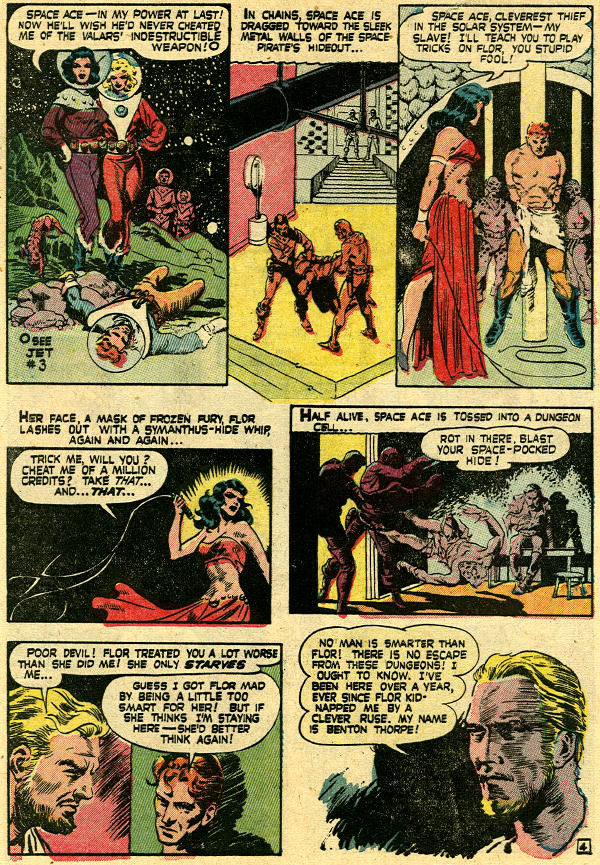This is a topic I will be returning to over time to add details. Comic books were always interested in cutting-edge technology, and computers were certainly considered in that category back in the 1960s.
As I have discussed previously, DC in the Silver Age elevated science to the status of a religion, with Jor-El as the high priest. But curiously, when it came to the fruits of that science--technology--DC was decidedly more ambivalent.
We have discussed in the past the Kryptonian machine that determined what occupation you were best suited for and to which you would be assigned with no appeal. And we've covered the machine 500 years in the future which determines whether you have sufficiently repented criminality before your parole date. And what do both those incredibly sophisticated pieces of technology have in common? They both screwed up!
This is a theme that recurs often in the DC Silver Age. For example, consider a little story from Superman #118 (January 1958) called The Boy Napoleon. Jimmy takes a military aptitude test on an electronic brain, and the brass are stunned to discover that he's a genius. Of course, Clark quickly realizes what happened:

But as Superman he's compelled to help make Jimmy look like Napoleon to convince some foreign spies that they should not invade against this fearsome young general.
Think computer dating is a new fad? Lois Lane #24's cover shows otherwise:

That fella on the right is not Clark Kent. Cute little story with a shocking revelation about Lois' supposed perfect man:

Roger is so embarrassed at his lack of hair that he is unable to face Lois again, so we are left wondering if she could have overcome her irrational prejudice towards the follically challenged. And whether the computer worked or not in this case.
Here's an ad that appeared in many comics magazines during the late 1960s:

Discussion of the Digi Comp I here.
In Jimmy Olsen #5 (May-June 1955), the Daily Planet gets a new tool:

More about →
As I have discussed previously, DC in the Silver Age elevated science to the status of a religion, with Jor-El as the high priest. But curiously, when it came to the fruits of that science--technology--DC was decidedly more ambivalent.
We have discussed in the past the Kryptonian machine that determined what occupation you were best suited for and to which you would be assigned with no appeal. And we've covered the machine 500 years in the future which determines whether you have sufficiently repented criminality before your parole date. And what do both those incredibly sophisticated pieces of technology have in common? They both screwed up!
This is a theme that recurs often in the DC Silver Age. For example, consider a little story from Superman #118 (January 1958) called The Boy Napoleon. Jimmy takes a military aptitude test on an electronic brain, and the brass are stunned to discover that he's a genius. Of course, Clark quickly realizes what happened:

But as Superman he's compelled to help make Jimmy look like Napoleon to convince some foreign spies that they should not invade against this fearsome young general.
Think computer dating is a new fad? Lois Lane #24's cover shows otherwise:

That fella on the right is not Clark Kent. Cute little story with a shocking revelation about Lois' supposed perfect man:

Roger is so embarrassed at his lack of hair that he is unable to face Lois again, so we are left wondering if she could have overcome her irrational prejudice towards the follically challenged. And whether the computer worked or not in this case.
Here's an ad that appeared in many comics magazines during the late 1960s:

Discussion of the Digi Comp I here.
In Jimmy Olsen #5 (May-June 1955), the Daily Planet gets a new tool:











-0651vignette.jpg)








































